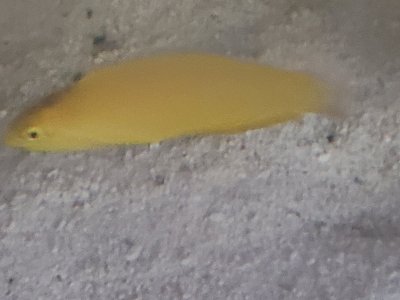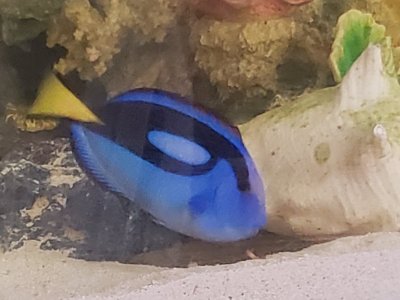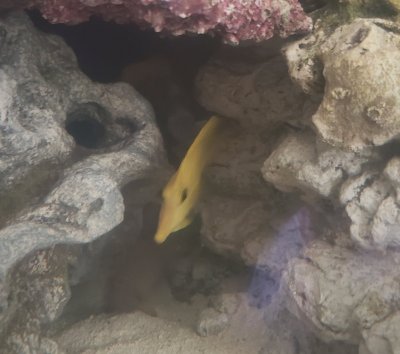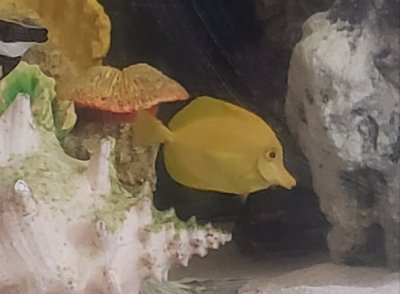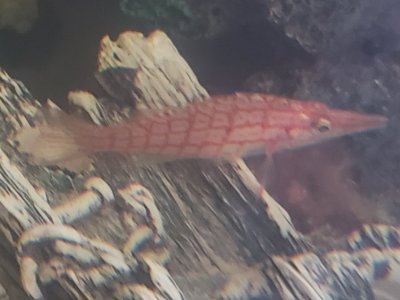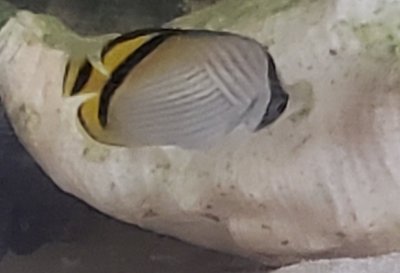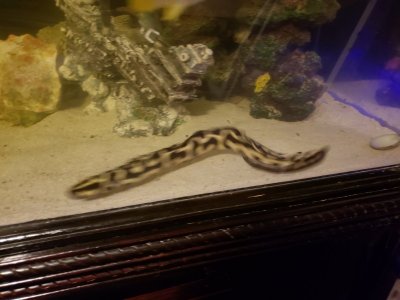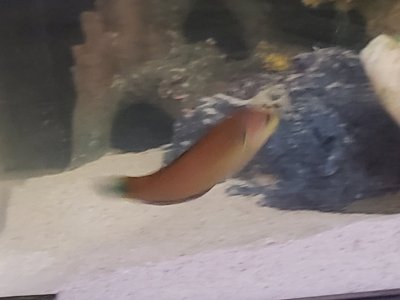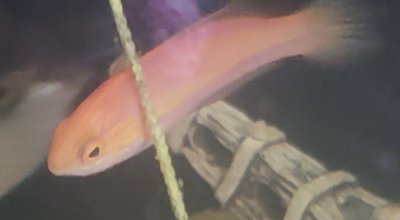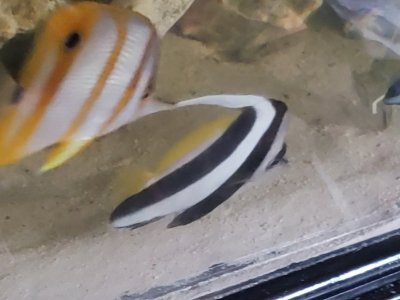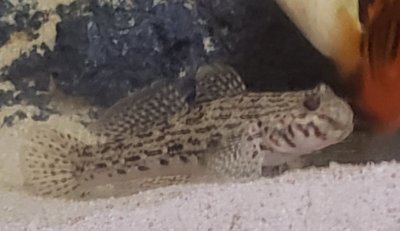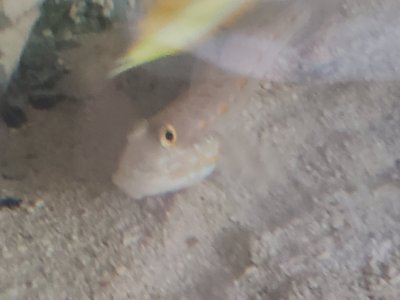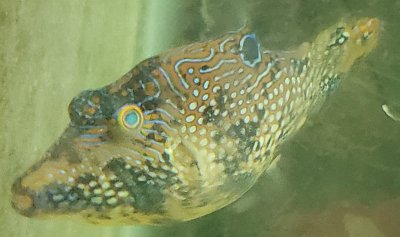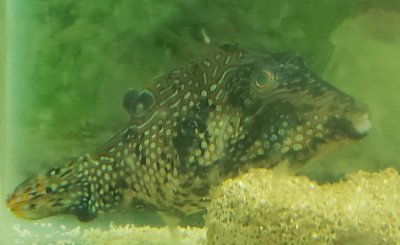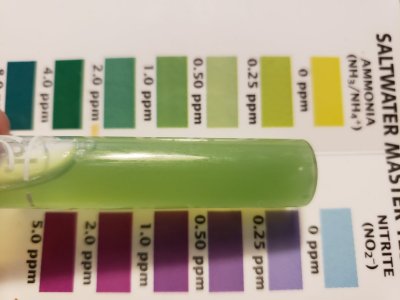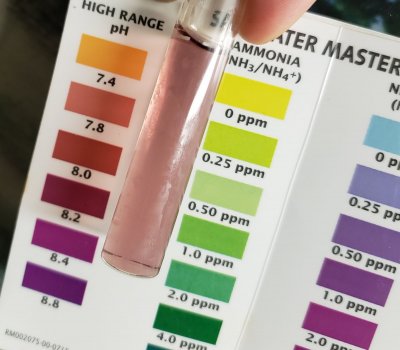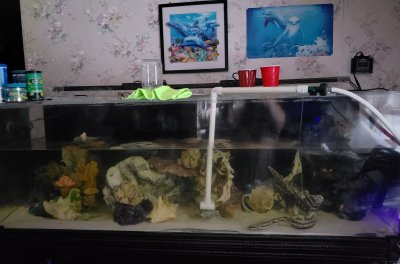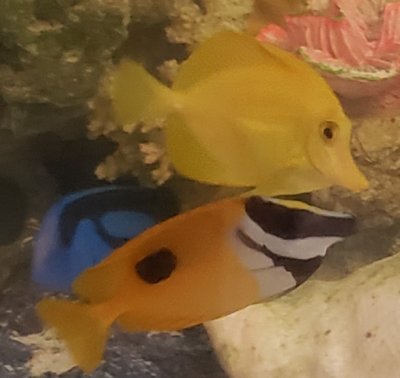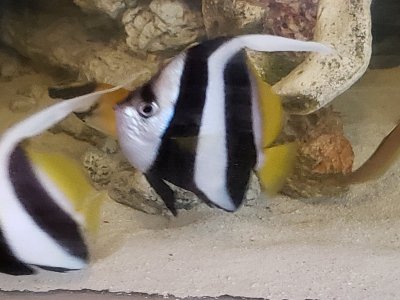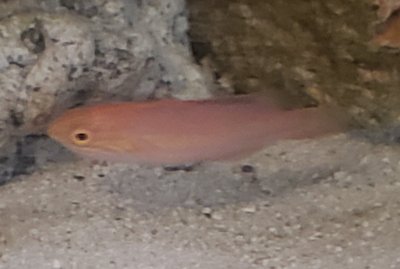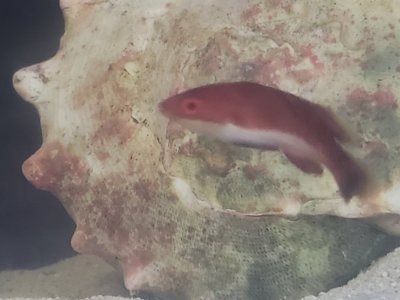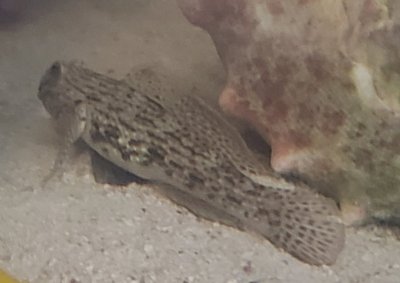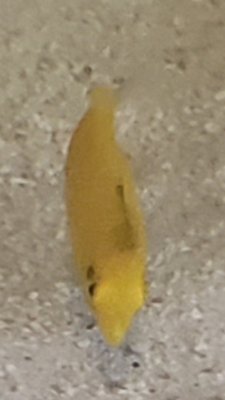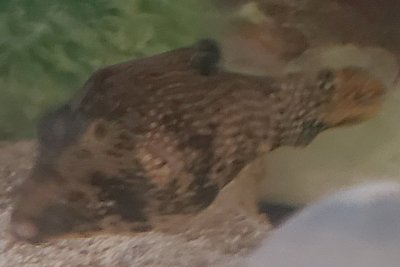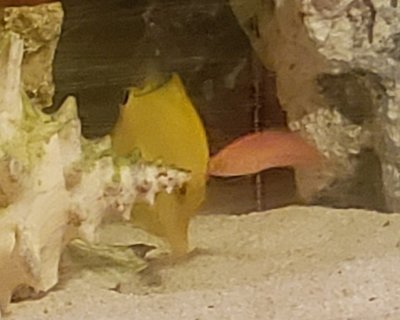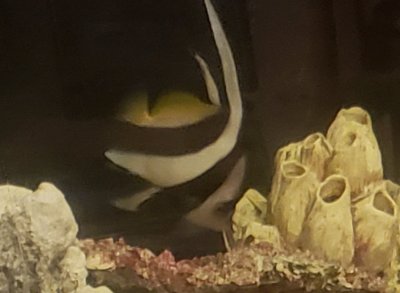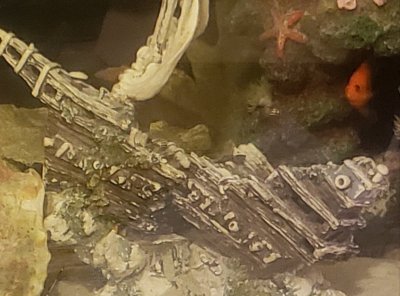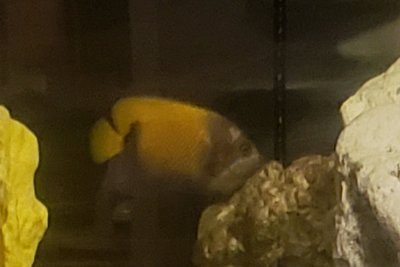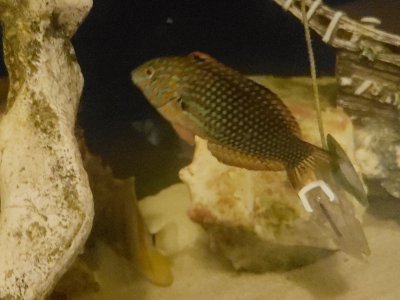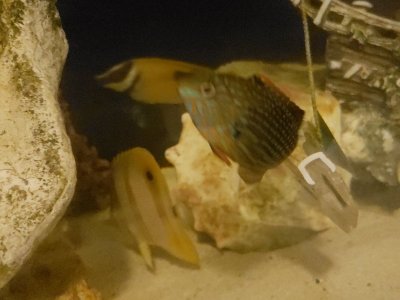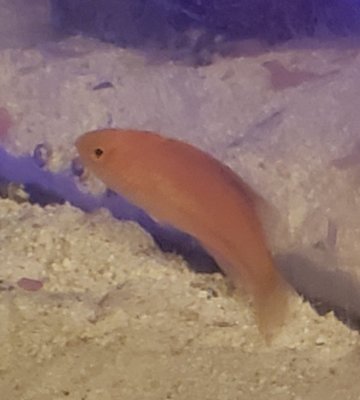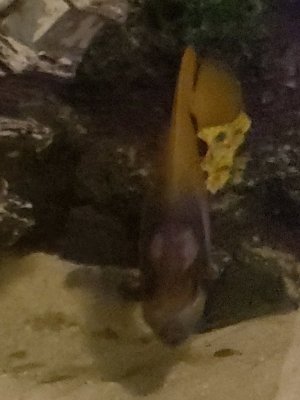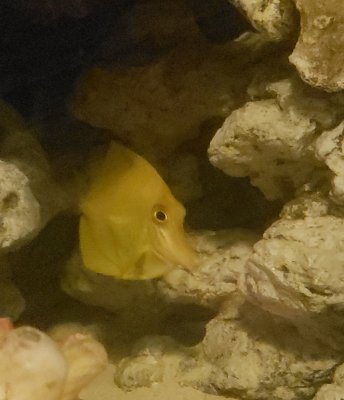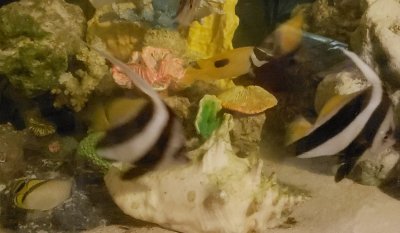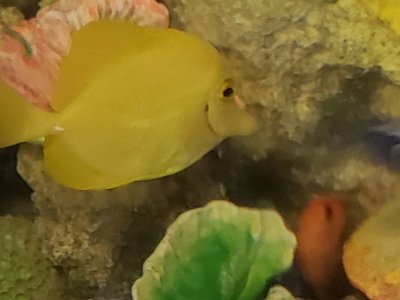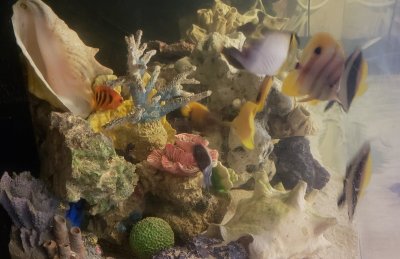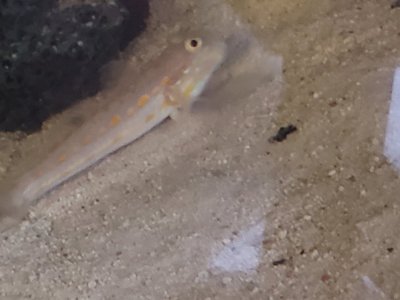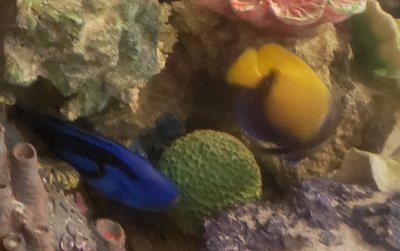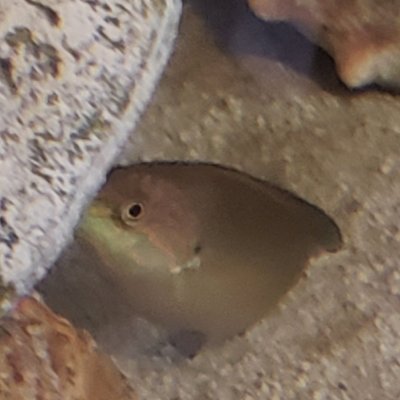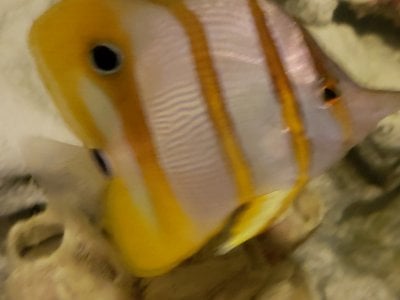Visual Diary of H202 Dosing in 180 Gallon Saltwater FOWLR Tank (page 7)
Day 4: Positives: No further losses since the Flame Hawk fish came up missing and no fish are using the powerheads to support respiration anymore. Setbacks: Ammonia is rising in the MD and the discoloration on the Yellow Coris Wrasse is still present. Nitrates are rising as well. A 60 gallon water change will be preformed as soon as another 33 gallon Brute can fills with RODI water in the water changing station.
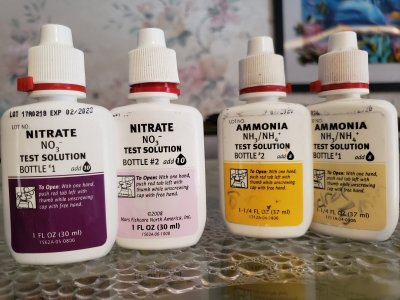
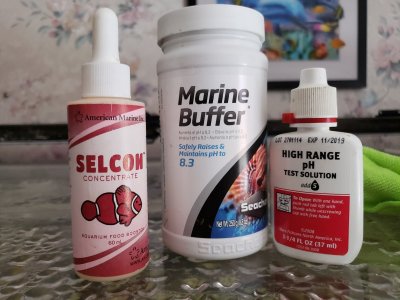
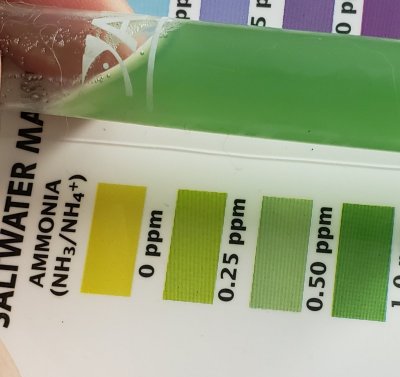
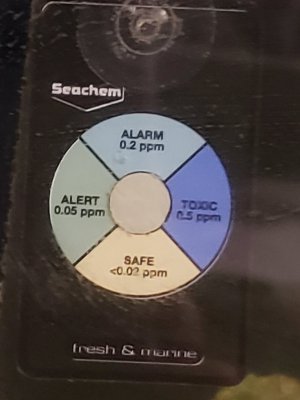
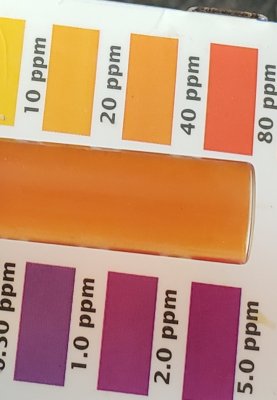
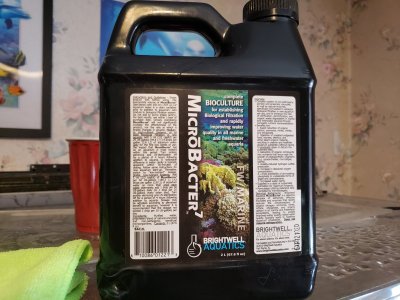
Day 4: Positives: No further losses since the Flame Hawk fish came up missing and no fish are using the powerheads to support respiration anymore. Setbacks: Ammonia is rising in the MD and the discoloration on the Yellow Coris Wrasse is still present. Nitrates are rising as well. A 60 gallon water change will be preformed as soon as another 33 gallon Brute can fills with RODI water in the water changing station.
- Ammonia: It is unknown to me whether the Seachem Ammonia Badge or the API liquid ammonia test kit are acurate when used in saltwater with H202 dosing. The picture of the badge did not clearly show the level of ammonia in the tank. It was registering "Alert" or .05ppm. The API test kit showed a higher ammonia level at .25-.40 ppm. It is clear that at 75ppm H202 dosage, the biological filtration is disrupted. The question is whether it is because of die off of bacteria in the tank, missed CUC that are dying, and/or the missing Flame Hawkfish (presumed dead) rotting somewhere in the rocks.
- A water change will be conducted tomorrow (I decided to do a larger water change and needed to make more saltwater
- Microbacter7 was added at the higher dosage level on the label (1 cap per 50 gal)
- Nitrates: While the pellet reactor is offline, the nitrates for a FOWLR are not at toxic levels at a little over 40 ppm. The water change should help control the nitrates.
- All fish food is soaked in Selcon to help build up fish immune systems. This vitamin is a standard food additive.






Last edited:





